Jury Awards Damages to Tattoo Artist for Video-Game Depiction–Alexander v. WWE 2K (Guest Blog Post)
Technology & Marketing Law Blog
OCTOBER 6, 2022
2K Games rejected similar infringement claims on the basis of de minimis use, implied license, and fair use. To briefly summarize, the court left the fair use question entirely to the jury, despite its own pre-trial order and the Supreme Court’s recent decision in Google v.



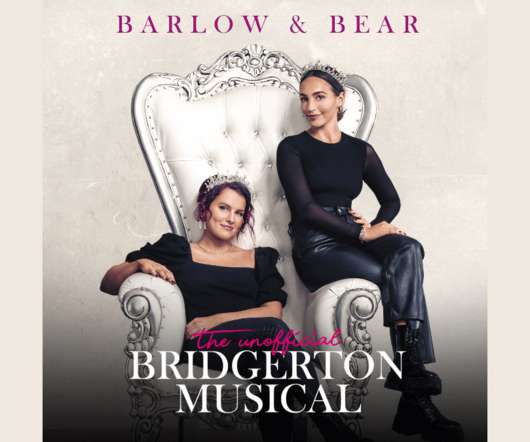

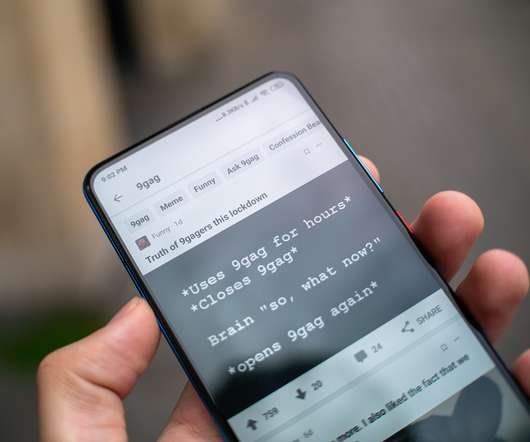
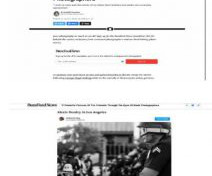
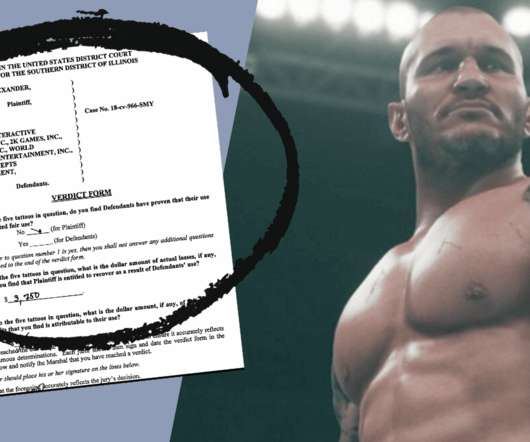

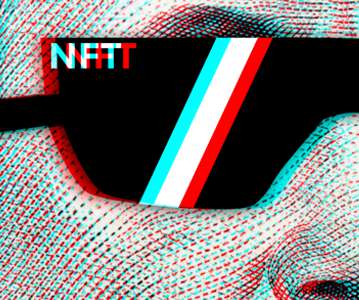






Let's personalize your content